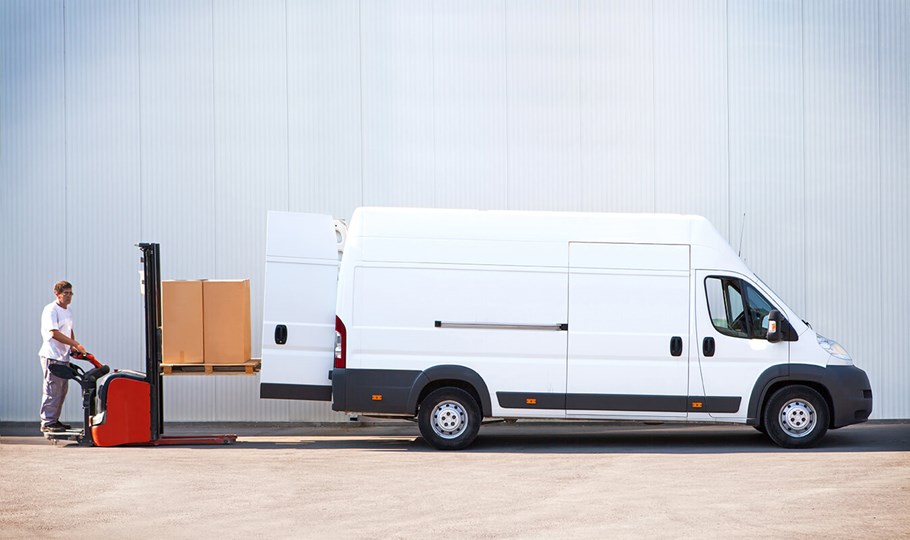
Amazon made waves in the industry in 2016 with a series of moves illustrating just how serious it is about getting into the logistics business. It leased 20 cargo planes to deliver goods to and from fulfillment centres, registered as an ocean freight forwarder in China, hired former CEO of the freight forwarder UTI Worldwide as Vice President of Global Logistics, and built an ‘Uber for Trucking’ app to match truck drivers with shippers.
The company has also been adding sortation centres which receive shipments from their fulfillment warehouses where packages are sorted by postcode, and are then delivered to the USPS for last mile delivery, cutting out the need for UPS or FedEx.
While in the short term, these moves could be interpreted as a way to rein in shipping costs and provide increased capacity during peak periods, it’s become increasingly clear that Amazon is searching for ways to lessen its dependence on 3rd party carriers and take control over its logistics network.
How fast will Amazon expand into logistics in 2017 and what will be the impact on logistics providers?
